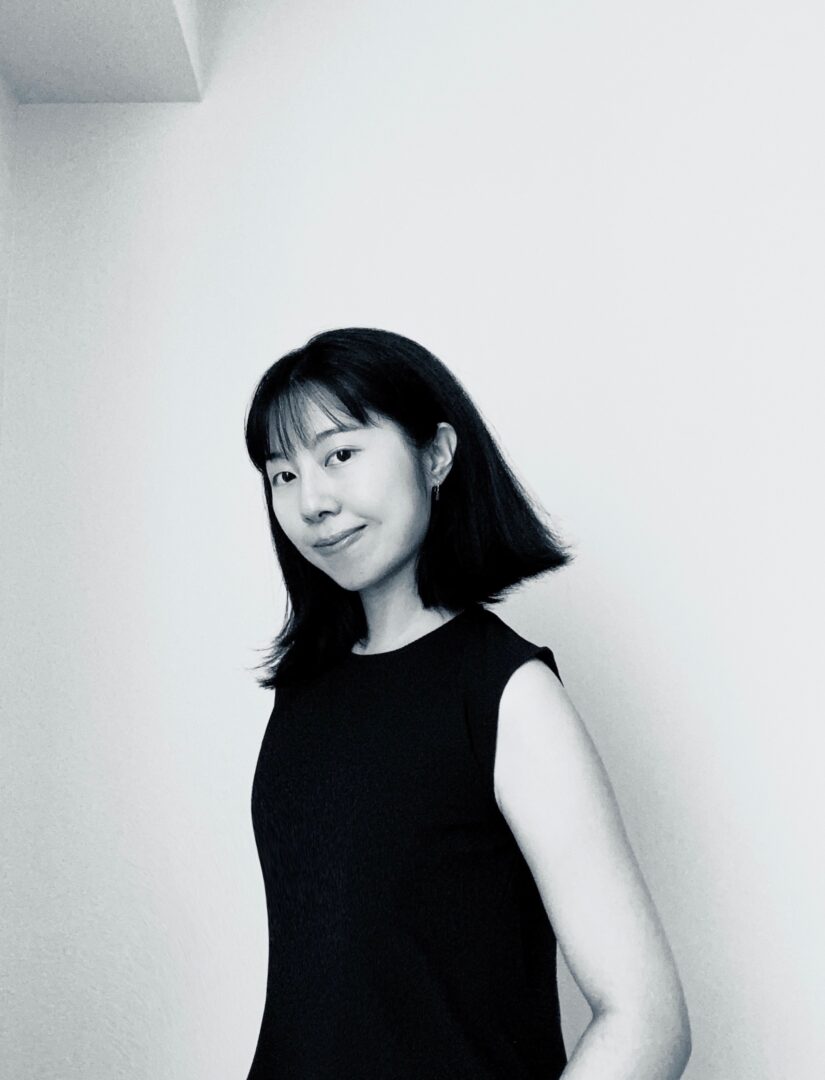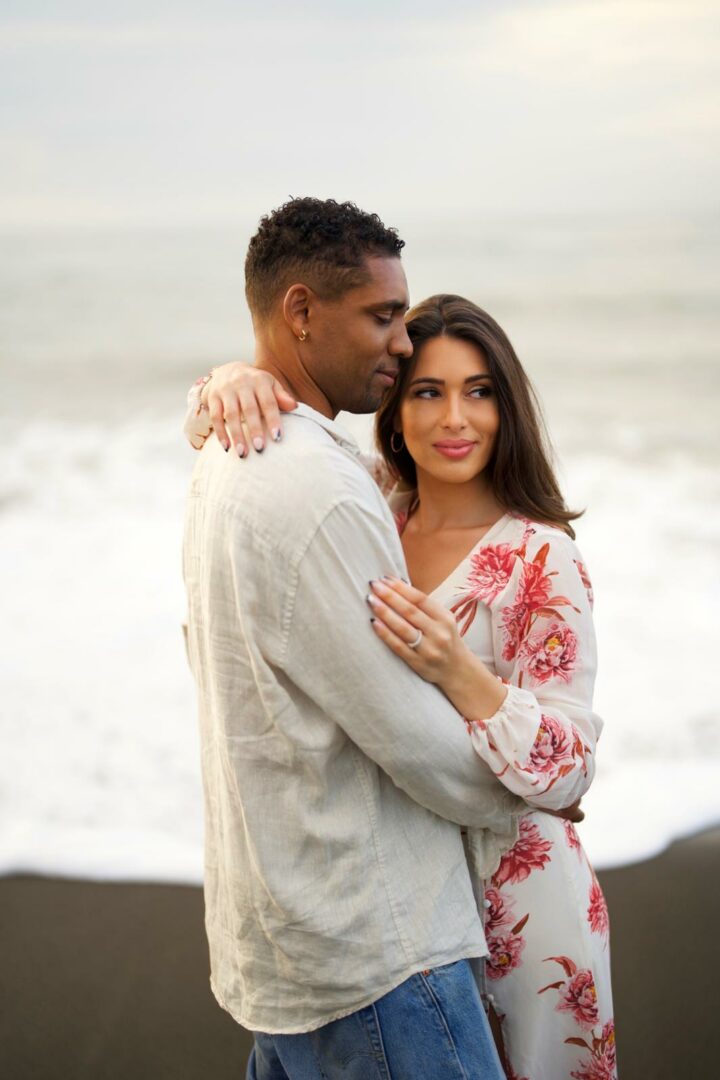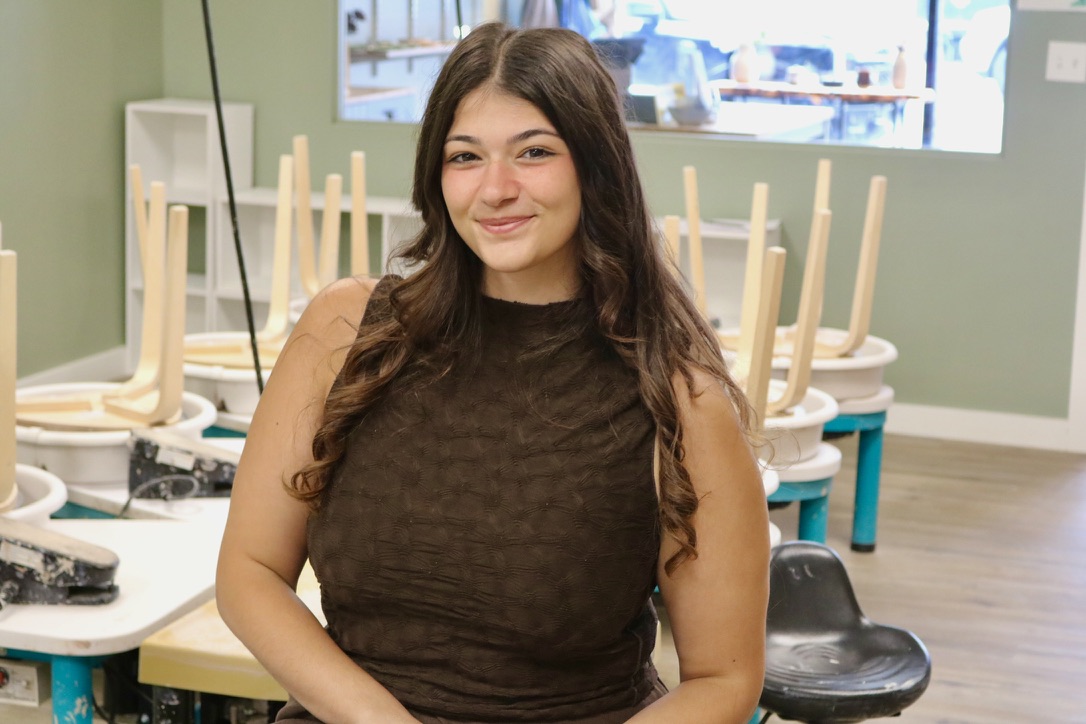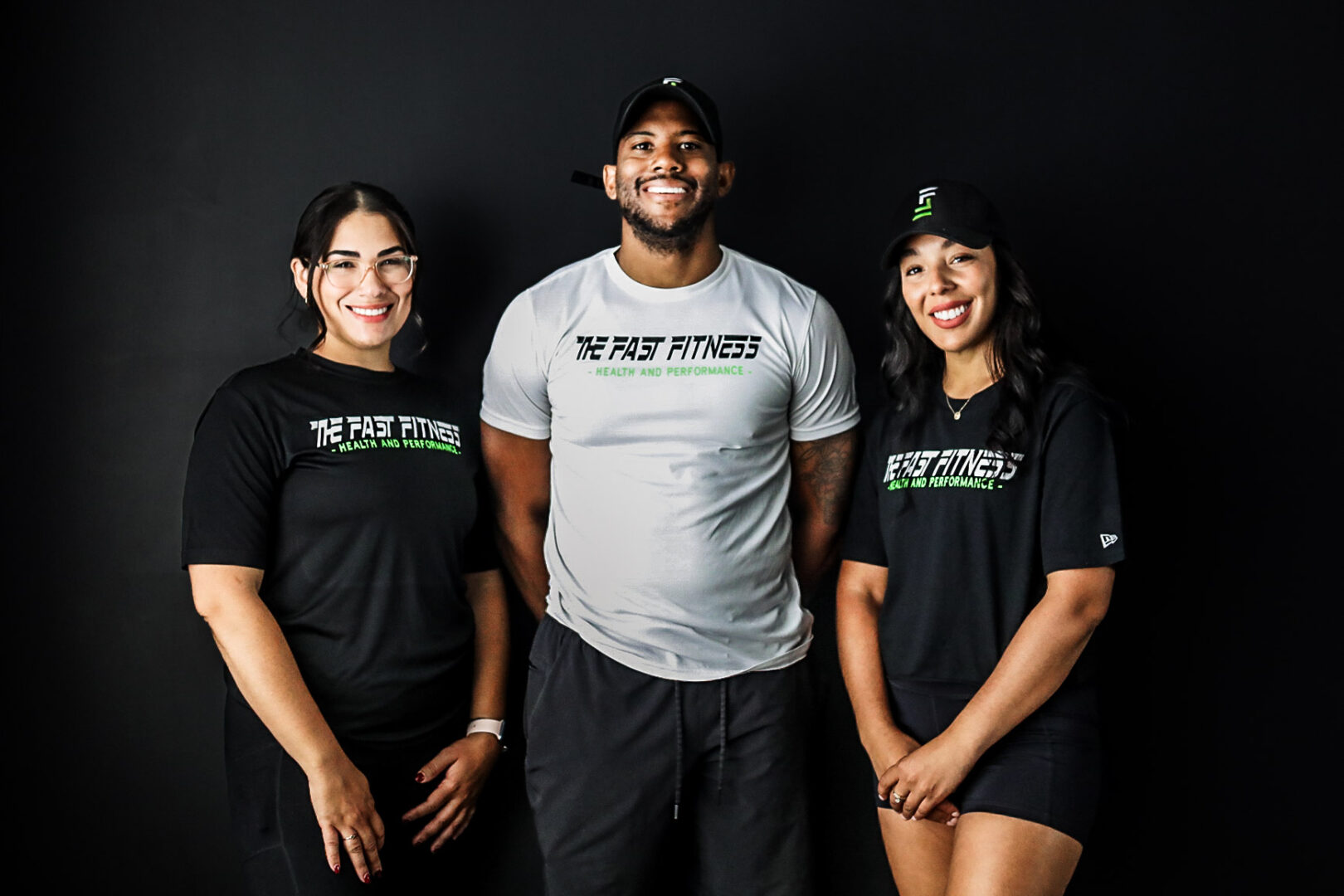We recently connected with Tzulun Huang and have shared our conversation below.
Tzulun, thank you so much for joining us today. Let’s jump right into something we’re really interested in hearing about from you – being the only one in the room. So many of us find ourselves as the only woman in the room, the only immigrant or the only artist in the room, etc. Can you talk to us about how you have learned to be effective and successful in situations where you are the only one in the room like you?
I still remember sitting in a design studio during my academic years, surrounded by peers from diverse fields—electrical engineering, linguistics, anthropology, industrial engineering, and more. Each of us was the only one in the room with our own unique background. At a science- and engineering-focused university, we were all there to learn how to convey artistic intention through our individual projects.
At the end of the course, we were asked to present our final work. The medium and message were entirely up to us. Every project reflected something deeply personal, shaped by the creator’s field of study and lived experience. That’s when I realized: our differences weren’t barriers—they were exactly what made our work so unique and compelling.
For me, understanding systems, reading environments, and thinking in both logic and emotion allowed me to design a game experience that felt honest and multidimensional. What I experienced in that course was exceptional – there was no pressure to fit into a mold. I knew I was bringing something unique to the table because of how my background shapes the way I see and interpret the world.
Since then I began building my own path by integrating my strengths—systemic thinking, spatial awareness, and a deep curiosity for storytelling. That blend helped me create work that didn’t just follow trends, but spoke in its own visual language. What has helped me the most is staying rooted in why I do what I do. I’m not creating to fit into a mold, but offering a perspective, a version of truth that you can choose to engage with or not. And I’ve found that when you stay true to your voice, the right communities and opportunities will find their way to you.
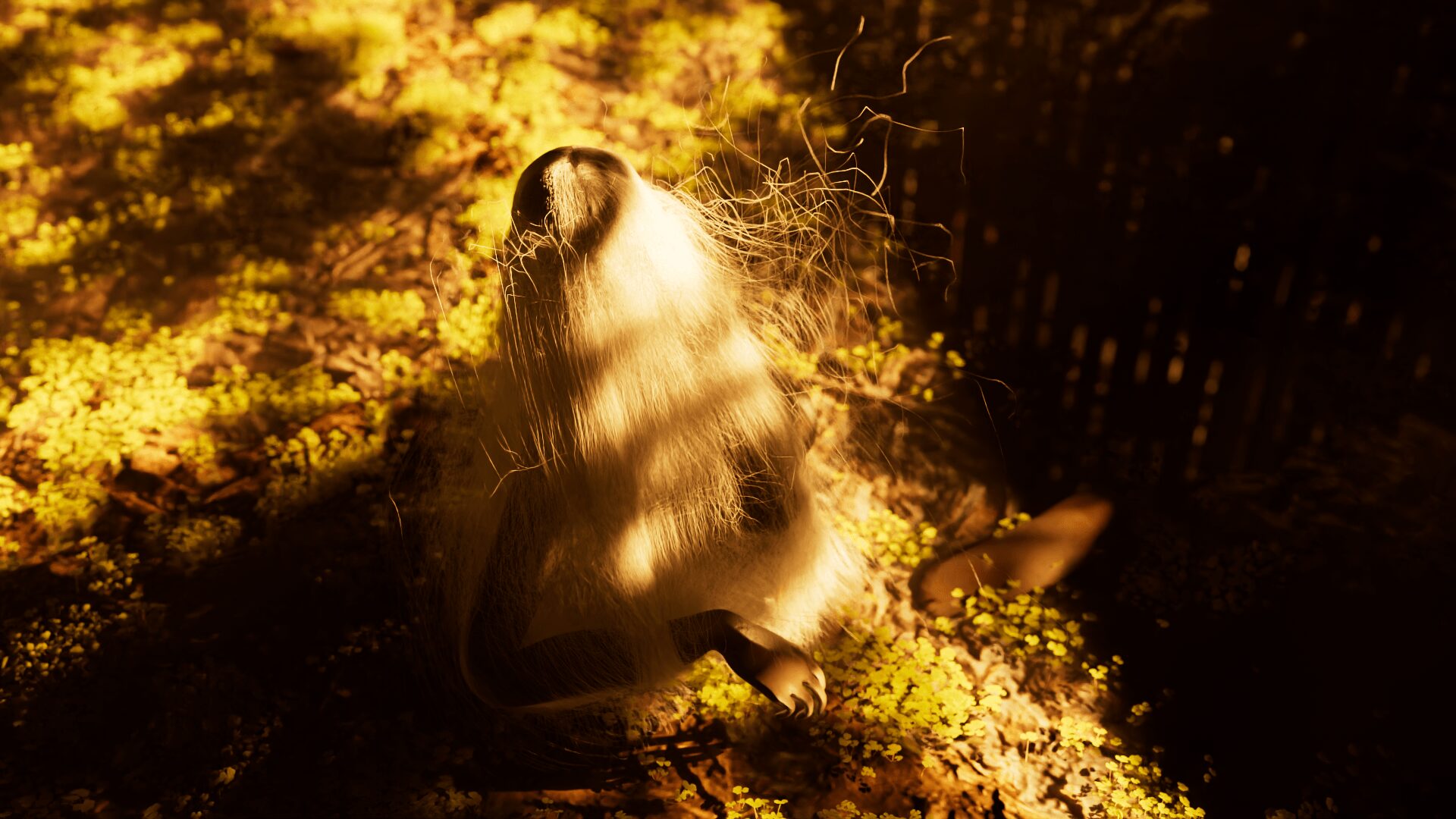
Great, so let’s take a few minutes and cover your story. What should folks know about you and what you do?
My work centers on visual storytelling and design. I bring narratives and ideas to life through movement, rhythm, and emotion with cinematic and 3D motion design. Whether through short films, immersive experiences, or animated sequences, I aim to create visuals that evoke meaning and connection.
What excites me most about motion design is its ability to distill emotion and narrative into a brief moment. Unlike long-form storytelling, this medium demands immediacy—you have only seconds to capture the viewer’s attention and convey intention. It’s less about character development and more about emotional clarity. To me, it’s a form of visual poetry. It’s concise, potent, and deeply intentional. I’m drawn to the challenge of translating abstract ideas into designs that feel alive and connected.
Currently, I’m engaged in collaborative projects that integrate motion design with live performance and interactive media. At its core, my practice is about storytelling that moves, visually and sometimes even physically. I hope my work invites a sense of wonder, awareness, and a moment of pause in an otherwise fast-moving world.
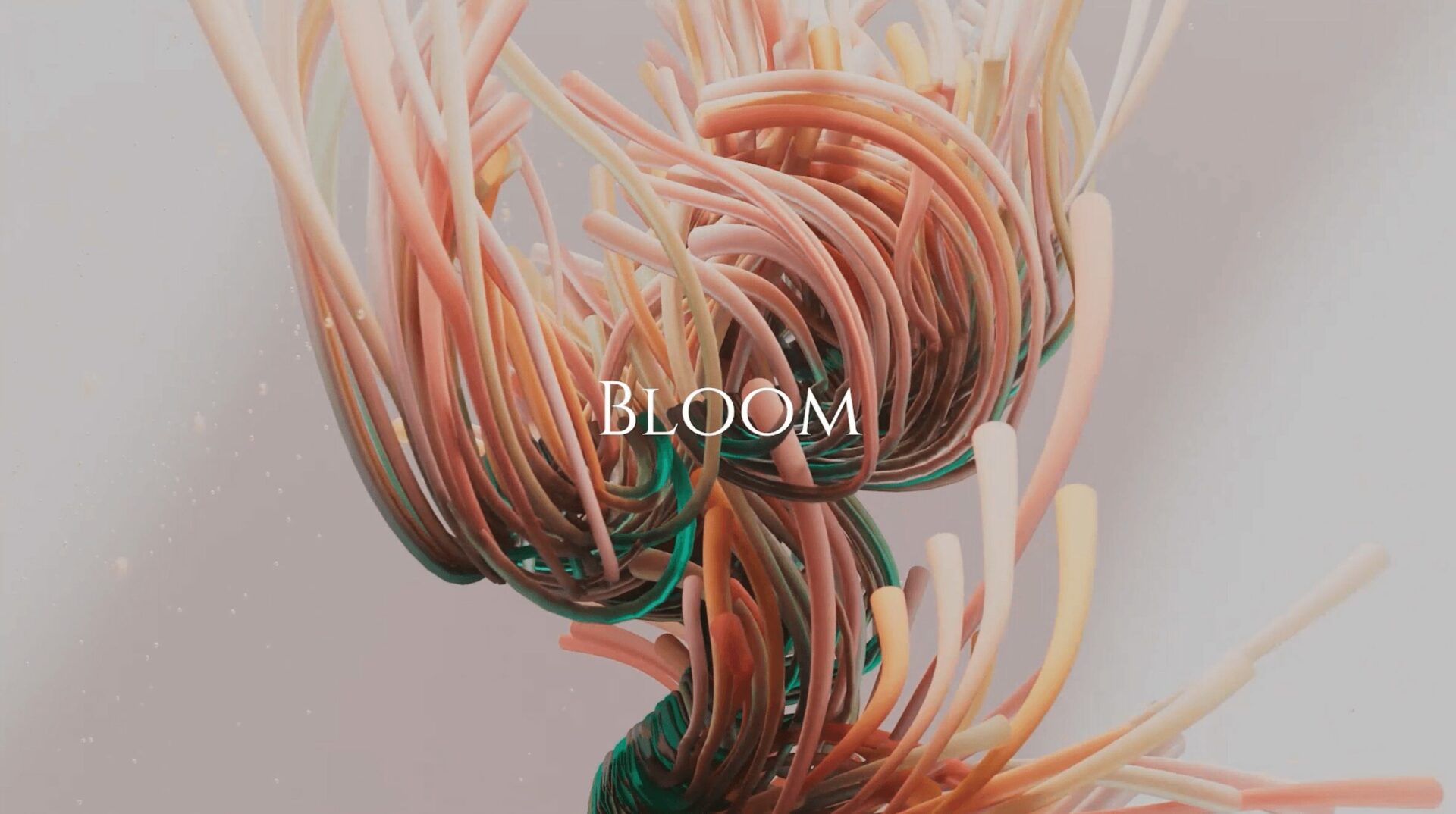
If you had to pick three qualities that are most important to develop, which three would you say matter most?
Looking back, I would say my journey hasn’t been linear. I’ve made progresses, decisions, and sometimes deviated from my original routes. But there are some things I carried along the way that have been especially impactful in shaping my creative journey.
First and foremost, curiosity has always been my compass. I’ve never stopped learning—whether it’s picking up a new software, diving into a different medium, or understanding the mechanics behind a visual effect. Staying curious keeps my practice evolving and helps me remain open to possibilities I couldn’t have planned for. It’s what fuels experimentation and keeps the process exciting.
Second is awareness—the ability to observe and analyze. I pay close attention to how things move, how spaces communicate, and how systems operate beneath the surface. Whether it’s the subtle pacing of a UI animation, or how the lights design enhance the scene, I find building this kind of visual and spatial sensitivity sharpens both your eye and your intuition as a designer.
The third is something I created for myself: small project challenges. Early on, I started giving myself short, focused design tasks. These short design prompts are a way to practice new skills, test techniques, and reinforce what I was learning. These weren’t meant to be perfect or polished. They were spaces to try, fail, discover, and grow. Over time, they became a vital part of my creative routine, helping me stay consistent while making progress visible.
For those just starting out, my advice is: Pick one area that excites you and go deep. Explore it with intention, give yourself time to develop mastery, and allow your unique voice to emerge from that depth.
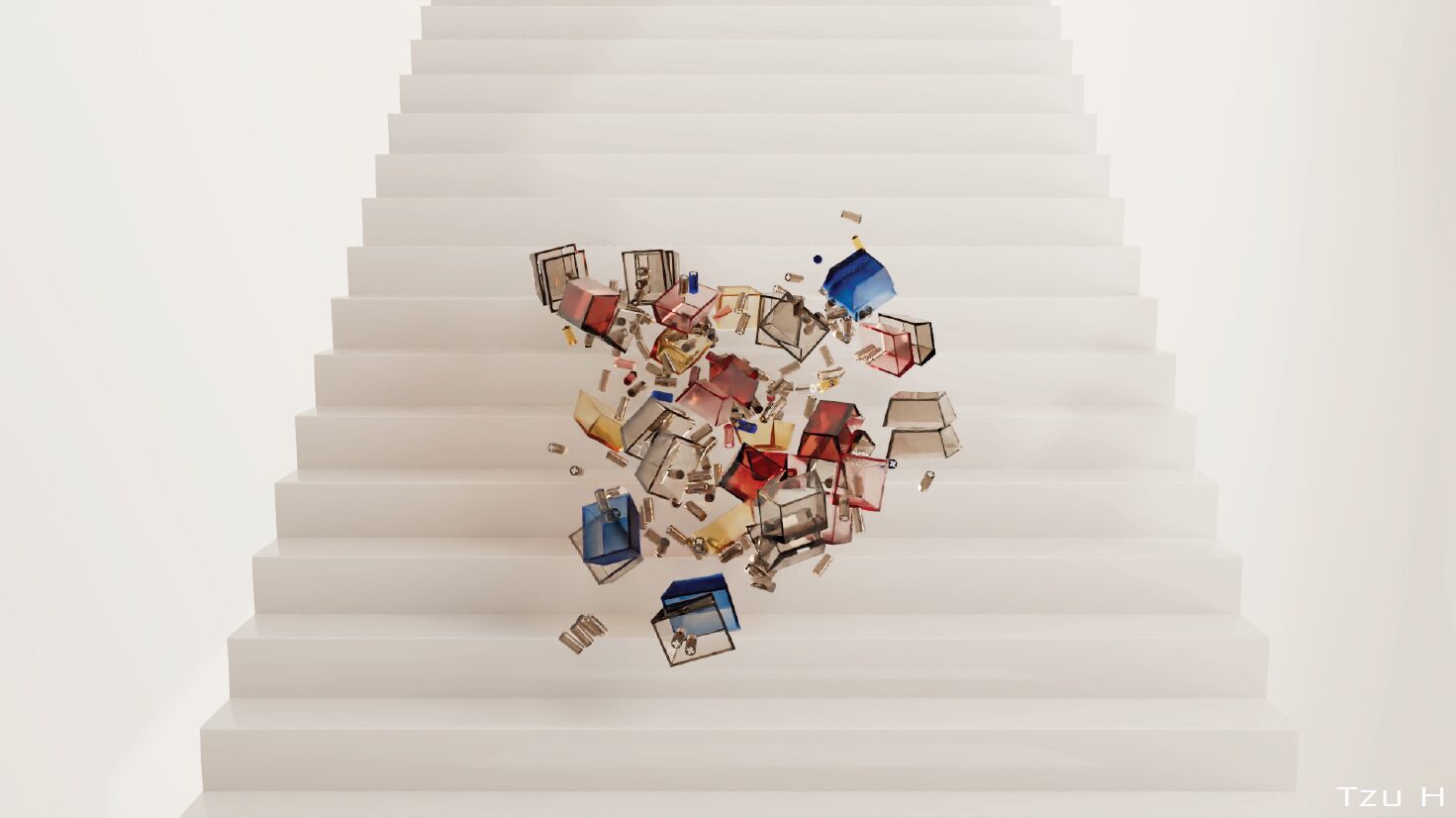
One of our goals is to help like-minded folks with similar goals connect and so before we go we want to ask if you are looking to partner or collab with others – and if so, what would make the ideal collaborator or partner?
I’m always eager to contribute to meaningful and innovative projects. My interests lie particularly at the intersection of storytelling, motion, interactivity, and immersive experience. I’m open to collaborations with artists, designers, technologists, musicians, and performers who are exploring new forms of creative expression. If you’re working on something aligned with these areas, I’d be glad to connect and explore how we might collaborate!
Contact Info:
- Website: https://www.tzulun.com/
- Instagram: https://www.instagram.com/tsuln_seeds/
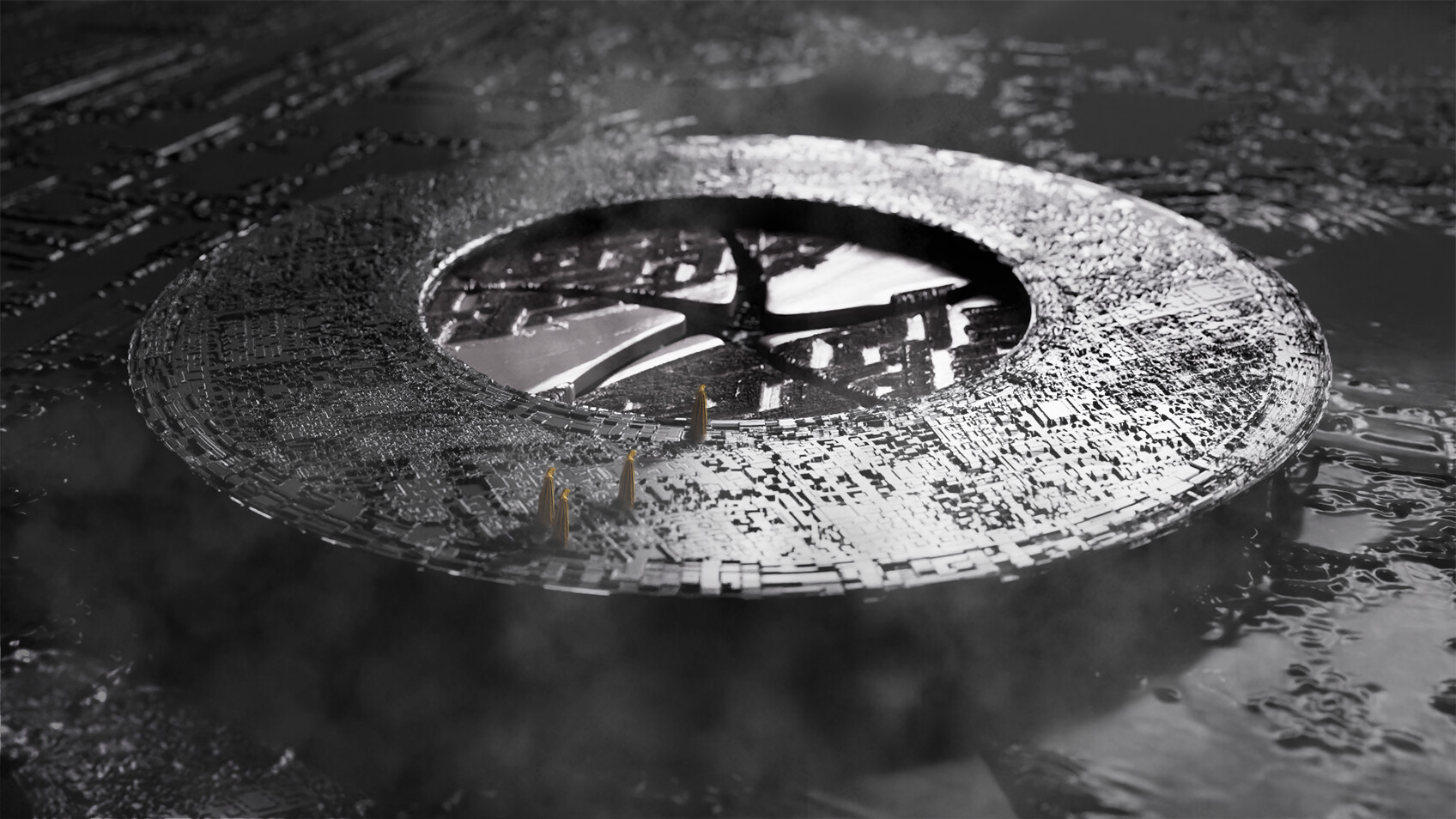
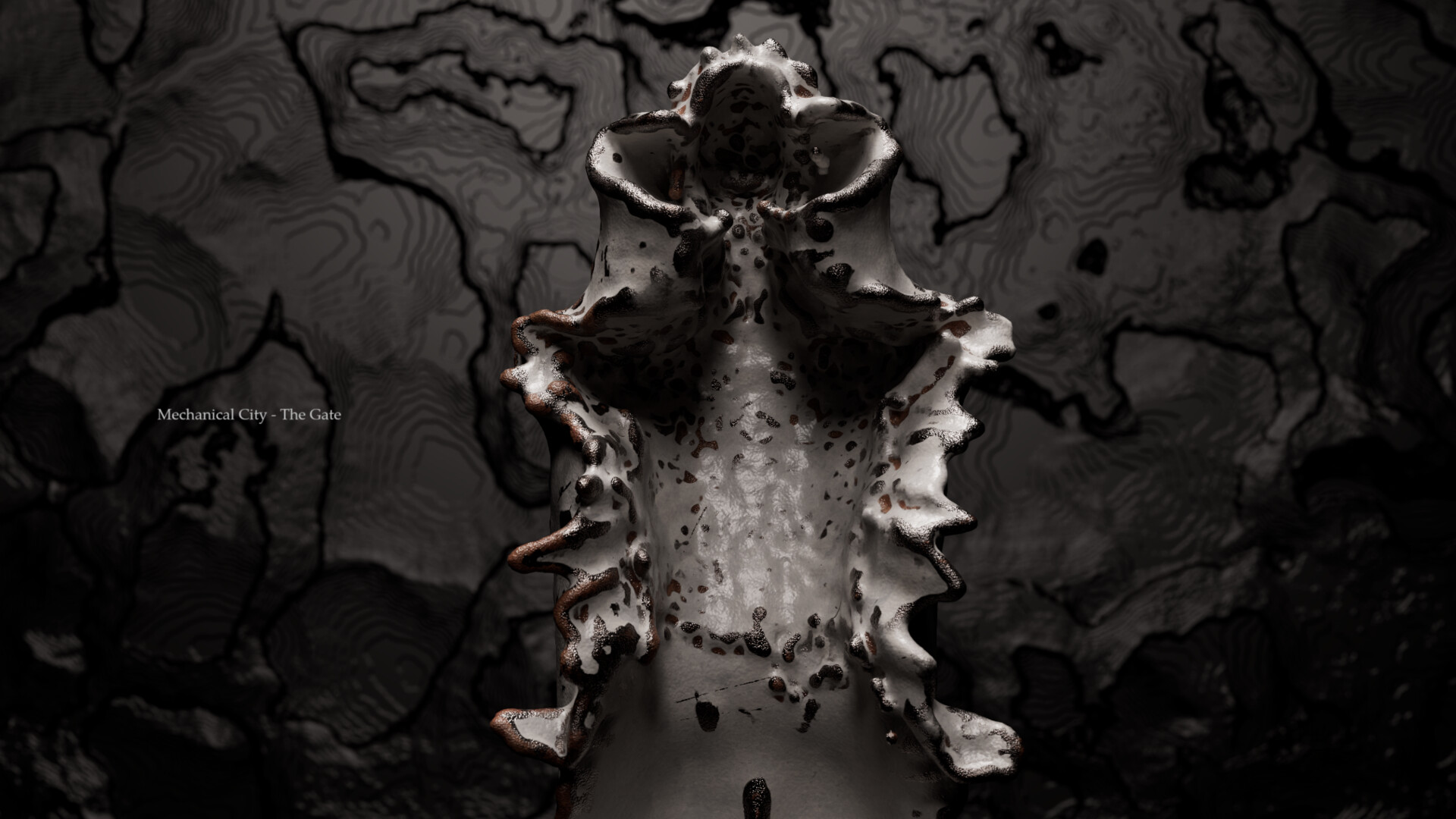
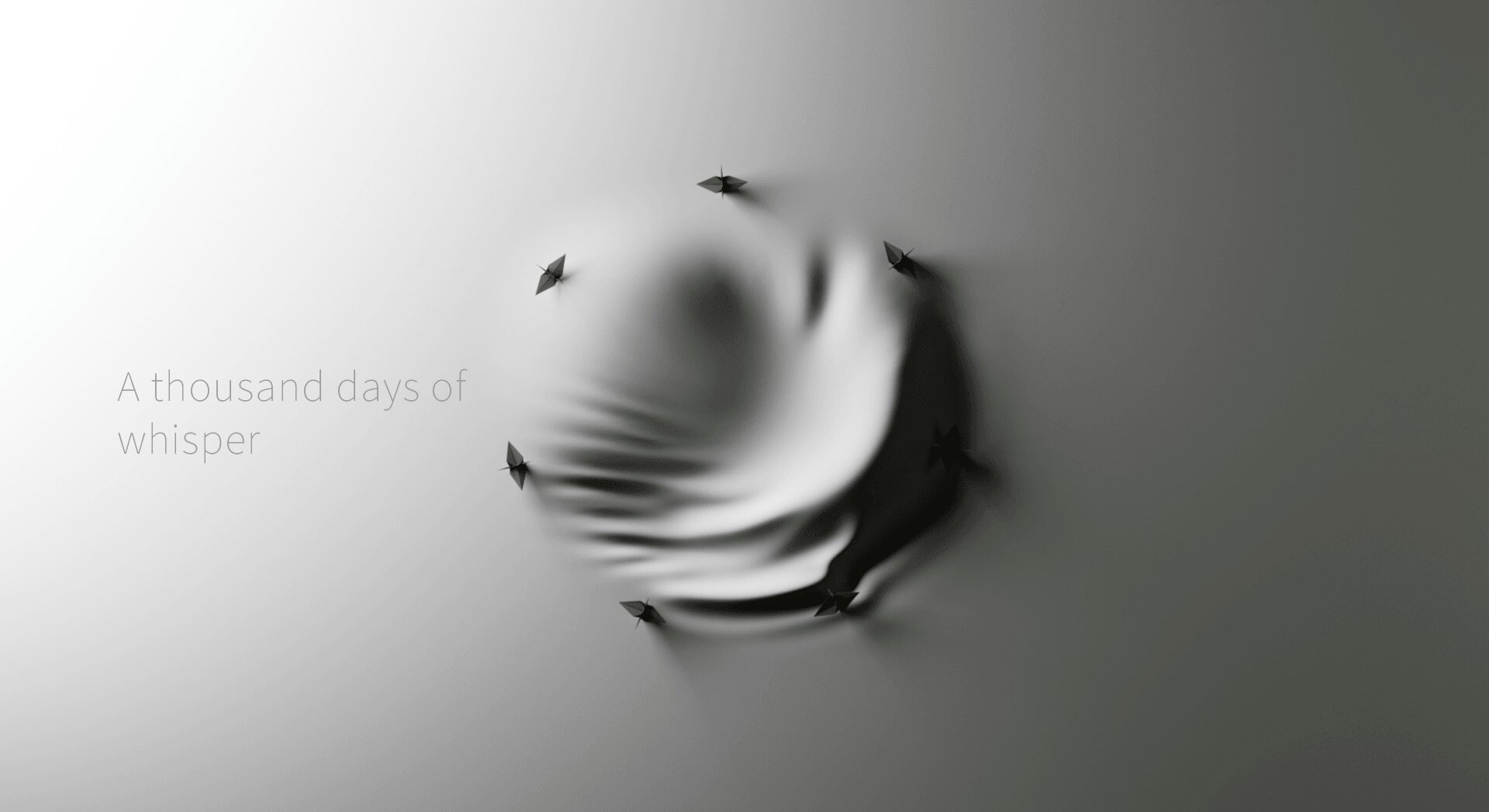
Image Credits
Tzulun Huang
so if you or someone you know deserves recognition please let us know here.

